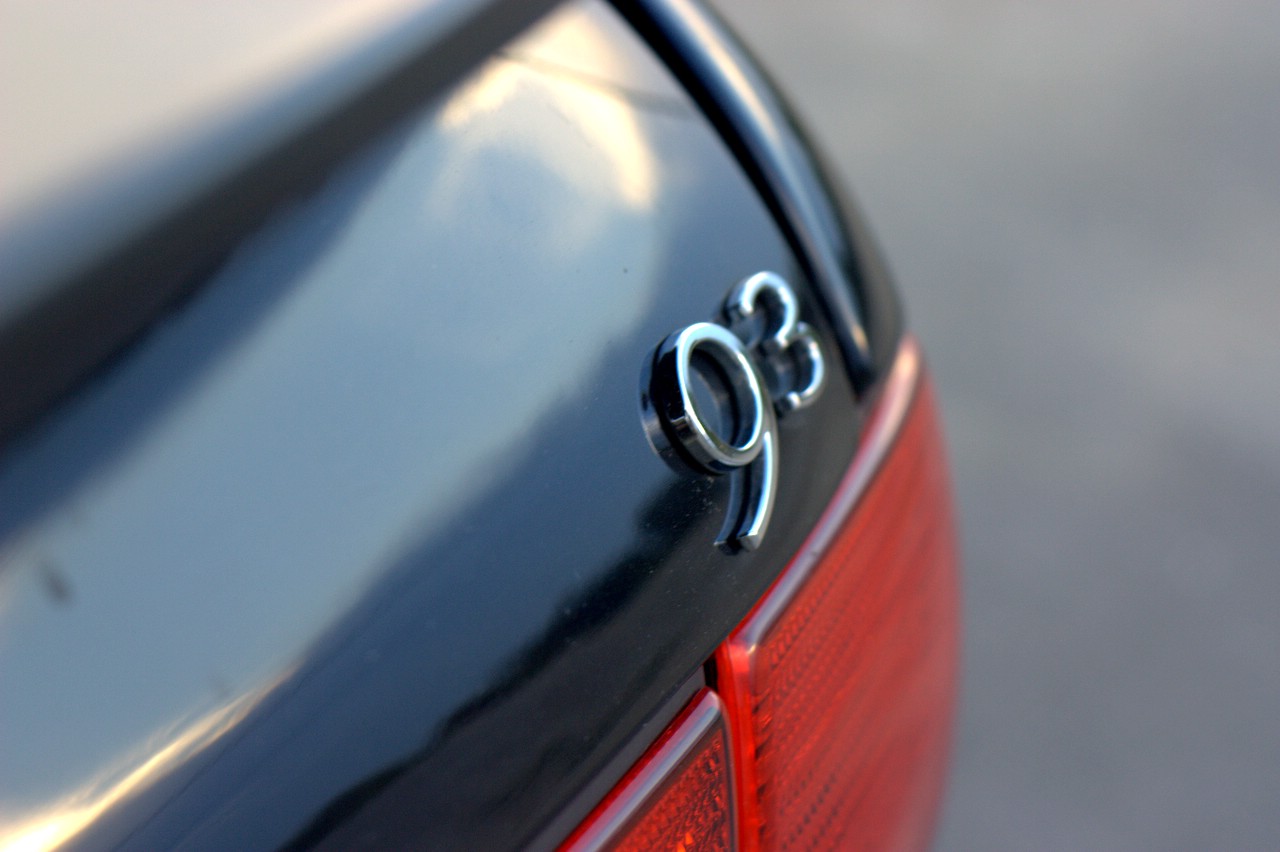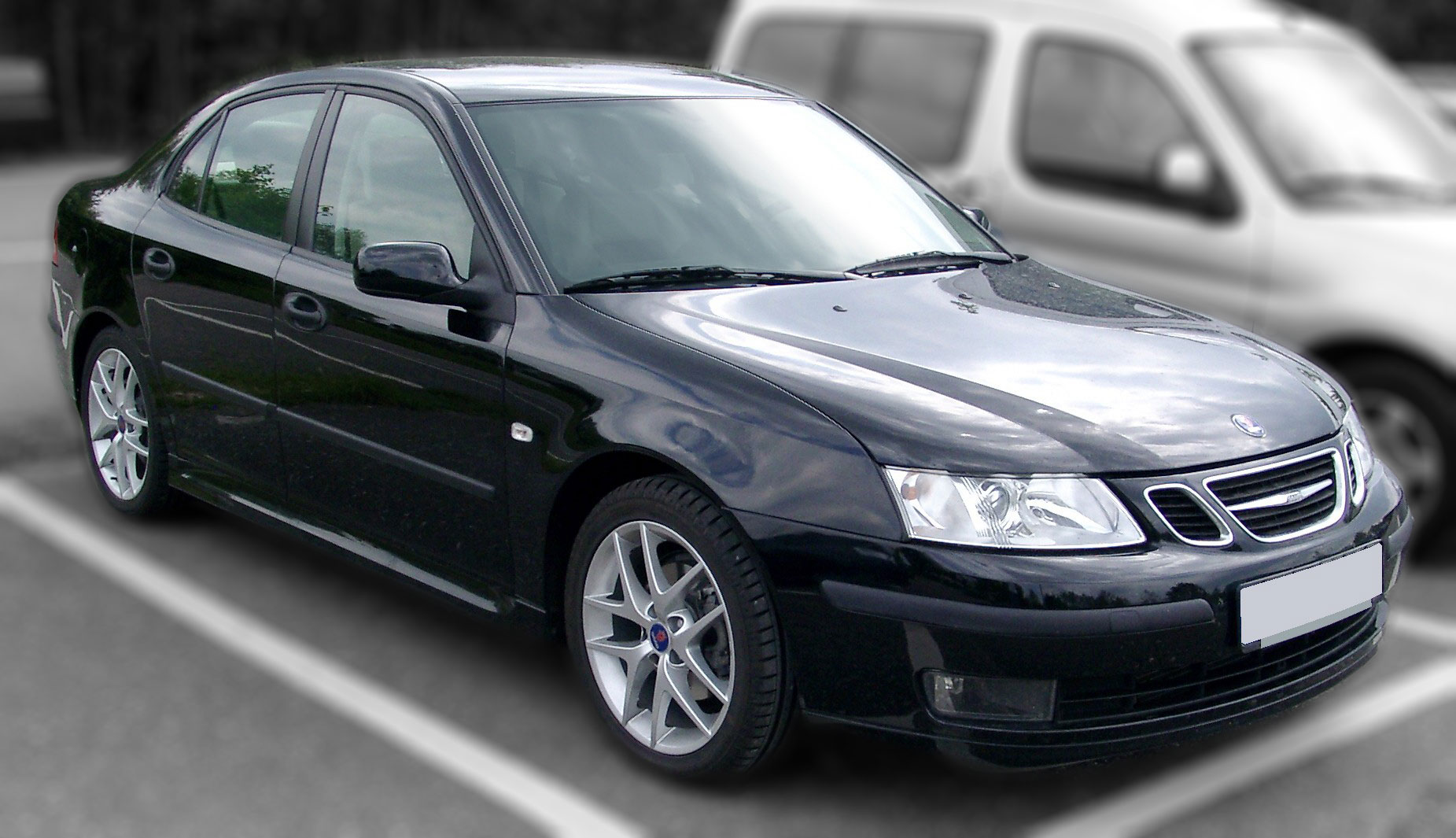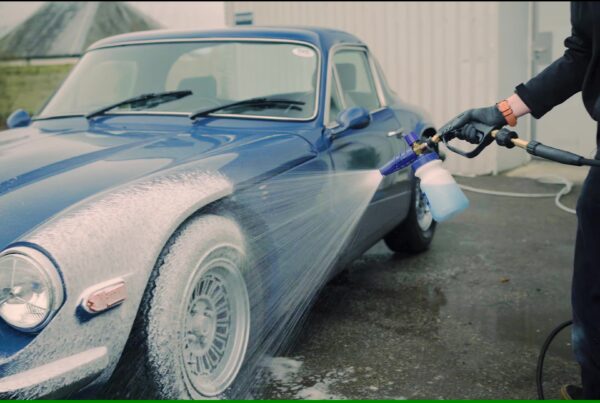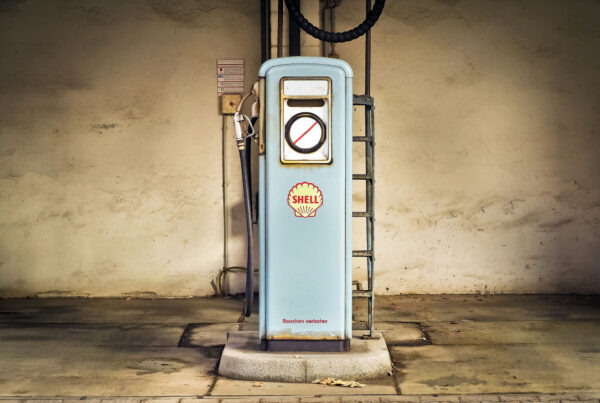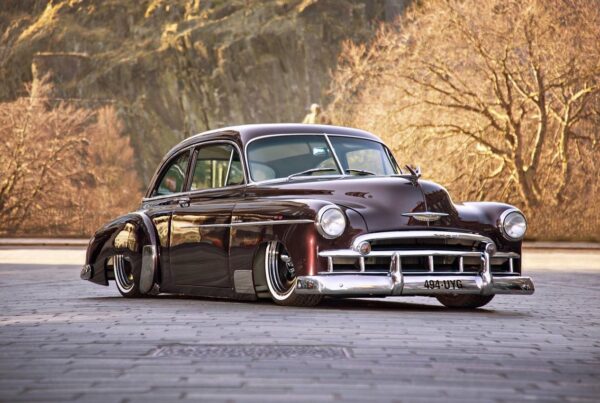Guest blog by Mark Field
First published in Saab Driver, the magazine of the Saab Owners Club (Dec/Jan/Feb 2020 issue). www.saabclub.co.uk
Regular visits to the Netherlands, where my son lives, gave me the idea of purchasing a left-hand drive Saab.
As the number of good right-hand drive cars diminishes, for those keen to keep Saabing, a left-hand drive car could be an alternative.
In the late summer of 2018, I began scouring the pages of Autoscout. Autoscout is a well-established website, similar to Auto Trader and Gumtree, with good filters to enable one to identify the model and specification required. It covers a number of countries in Europe. I chose the Netherlands, not only because of the family connection but also because English is widely spoken. The Netherlands has a number of specialist Saab dealers and service agents so there was a plentiful choice of cars from them and also from non-specialists.
There are two significant differences from the UK market – mileage and price. Nearly every vehicle had done well over 100,000km and frequently over 200,000km. And 12 to 15 year old cars which in the UK would cost only a few hundred pounds with that sort of mileage command prices in the thousands of Euros. So there are no bargains to be had in the Netherlands. For those with deep pockets, there are some high specification cars in immaculate condition but at prices that, compared to the sorts of cars offered by the excellent Mark Arnold Motor Trade, would be considered to be eye-watering. But do not let me put you off: I had fun and visited parts of the Netherlands that I would not usually have ventured to.
Searching the internet gives one a feel for what is available and one quickly picks up the slight specification differences between Dutch models and UK models. I decided on a 9-3 (2002-2008) or possibly, as a long time 9-5 owner, a 9-5. I used the filters to create a shortlist and then contacted some dealers. I quickly found that a full-service history was very much the exception: cars from the car supermarkets often had no service history and even where there were photographs of the service booklet, closer inspection would reveal that there were significant gaps in the service history. As a minimum, I wanted some evidence of regular oil changes. Otherwise, I was not too concerned because I knew that Malcolm Alty of Alty’s of Preston, who has looked after my Saabs for more years than I care to remember, would be able to do whatever was necessary. Malcolm duly fixed the minor problems and the car has been reliable since then. Specific left-hand drive parts can be obtained from www.rendcarparts.nl.
I decided on a modest expenditure and eventually tracked down a 2003 9-3 model at Autobedrijf Tielen in Hilversum and a 9-5 at Saab Arnhem. A plus point of the Netherlands is the superb train service. It does not take long to get to more than one dealership. I arranged a date to see them both, flew from Manchester to Schipol and then on by train. Also worthy of mention is Autobedrijf Wassenaar in Leeuwarden which I visited on a subsequent trip to the Netherlands – the quality of their stock is exceptional.
The Dutch car selling/buying culture is somewhat different to the UK. In the UK you will find that the sales representative is attentive and will follow up your visit with an email and a phone call. In the Netherlands I found a far more relaxed attitude. There was no pressing by the dealers – the “hard sell” does not seem to be part of the Dutch culture.
Click here for ClassicLine’s guide to buying a classic car at auction
Both dealers were generous with their time, collecting me from the railway station and, in the case of the 9-3, happily allowing me to take a test drive. In the end, I plumped for the 9-3 and arranged to collect it shortly afterwards.
The export part of the process was easily accomplished. All the dealers to whom I spoke were familiar with the procedure. For a standard fee, the yellow Dutch number plates are removed and replaced by special export plates and one is issued with a 14-day third party insurance certificate. This is particularly helpful because, without a British registration number, it can be difficult to get an insurer to insure the car in the UK, though some will insure it based on its VIN. So it is best to make insurance arrangements before collecting the car. I received excellent service and a competitive premium from ClassicLine Insurance. They have a policy for what they describe as “Modern Classics” such as Saab which includes EU cover and they were able to insure the car based on its VIN.
Then, armed with headlamp beam adaptors for Dutch drivers visiting the UK, obtainable from Travel Spot and a sat nav with up-to-date maps, I flew back to the Netherlands to collect the car.
Once back home the next step was to obtain an MOT and then register the car. There is a great deal of information about how to do this on the internet. The DVLA supplies a “used vehicle import pack”. This pack and the DVLA website should be carefully studied before buying a car. The rules are less stringent for cars older than 10 years.
There is one document that is essential, which is the Certificate of Conformity issued by the vehicle manufacturer with every new car. It tends to get mislaid as the years pass but fortunately, even though Saab cars are no longer made, it is possible to obtain the Certificate from Orio. Richard Elliott and Lauren of Saabtec, obtained the Certificate of Conformity for me. It is essential because without it, one cannot complete the application form to register a vehicle in the UK.
Shortly after despatching the application form together with payment of the registration fee and road tax, the V5 arrived bearing the new registration number so the next step was to have number plates made. Also, if you have already obtained insurance based on the VIN, you must tell your insurers the new UK registration number. If you are daunted by the paperwork then a company such as www.mycarimport.co.uk can assist with the registration. I did not need their help but their website suggests expertise in registering imported vehicles.
And that’s it. Even if you do not ultimately buy a car, at least you will have enjoyed your time in the Netherlands.
Brexit postscript: The government and Parliament have conducted themselves with scant regard for the production schedule of Saab Driver. So part of this article may be affected by the terms of the UK’s departure from the EU. For example, currently no VAT is payable when one imports a car from another Member State. And the paperwork required may change.
ClassicLine would like to thank Mark Field and the Saab Owners Club for permission to share this fantastic guide to buying a classic Saab abroad!
First published in Saab Driver, the magazine of the Saab Owners Club (Dec/Jan/Feb 2020 issue).
www.saabclub.co.uk
You may also be interested in reading:
Saab 96 celebrates 60th anniversary
A Decade on the Road – Top 10 highlights of the past decade
Modern classic car insurance
